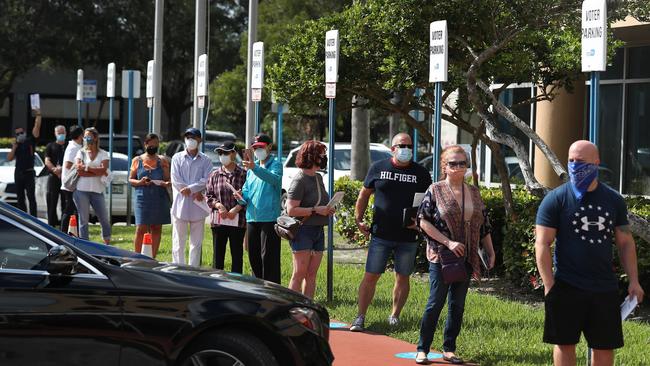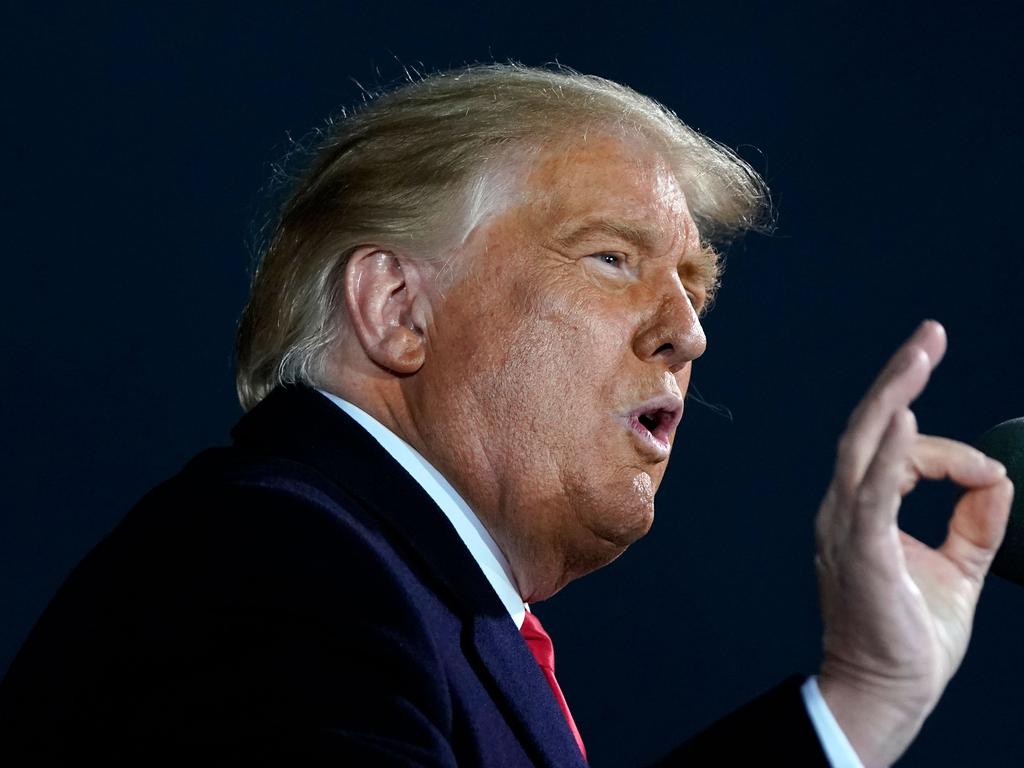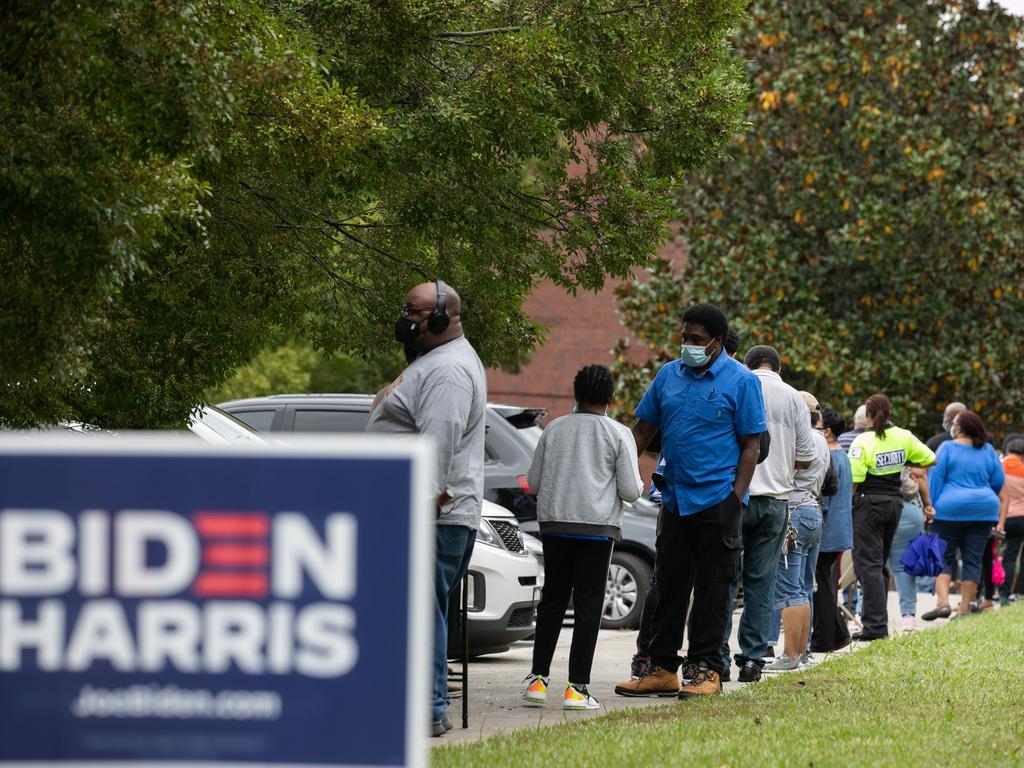US election: Why are millions of Americans rushing to vote early?
The queues of Americans waiting hours to vote, weeks before the election concludes, are not always a sign of poor administration.

The queues of Americans waiting hours to vote, weeks before the election concludes, are not always a sign of poor administration. Above all they show a voting public that is both enthusiastic and worried.
The enthusiasm seems to be higher than ever. Asked by Gallup to gauge their keenness for voting, 71 per cent of Americans said last week that they were more keen than usual. Only 18 per cent said they were less keen, a 53-point gap. Before the 2016 election that gap was nine points.
This year’s figure looks more like 2008, when the gap was 49. That election had the highest turnout since the 1960s, and many think this year’s will surpass it.

The early rush to vote also reflects fear. Early in the pandemic Democrats invested considerable energy in persuading their supporters to register for postal votes. Democratic officials in many states expanded eligibility for voting by mail. Some Democrats now regret that decision, having failed to anticipate that by this stage many voters would be waiting in socially distanced supermarket queues just as happily as they might wait to vote.
The party’s concerns about that strategy were supercharged over the summer by cutbacks to the postal service implemented by Louis DeJoy, President Trump’s appointee as postmaster-general, which critics said would slow the delivery of postal votes, perhaps leaving some uncounted.

Primary elections also showed that teaching voters who had never cast a ballot by mail to meet the various requirements – in some states signatures are needed, in others it is witness signatures, in others secrecy envelopes – was not always easy. In New York about one in five postal votes was discarded then the results took six weeks after courts ordered those votes to be counted after all.
When people vote in person, they make a conscious decision to avoid any of those fates. By voting before election day, they may also be reflecting fears that Trump supporters will heed his call to patrol polling stations on November 3.
Yet we should not ignore administrative failings that in some areas appear wilful. Long queues are signs of enthusiasm; all-day lines are signs of poor procedures.
The Times







To join the conversation, please log in. Don't have an account? Register
Join the conversation, you are commenting as Logout